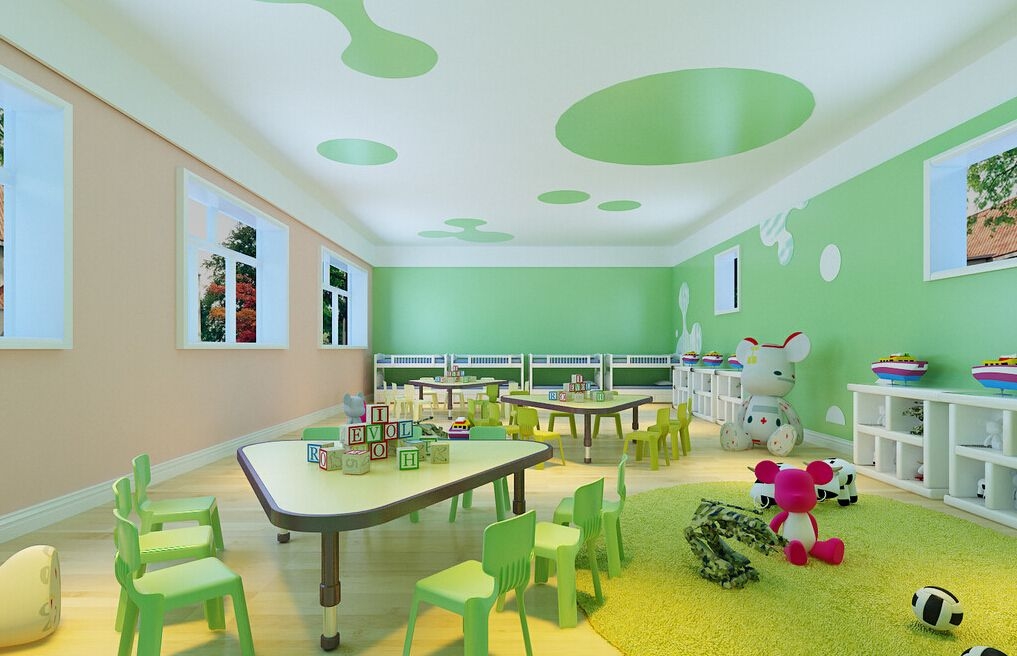When it comes to design classroom for kindergarten layout, there are many factors to consider in order to create an environment that is both conducive to learning and creativity. In this article, we will explore some of the key elements to take into account when planning your classroom layout, including furniture arrangement, color scheme, and storage solutions. By taking the time to carefully consider each of these elements, you can create a space that encourages both academic success and creative expression.
When arranged correctly, classrooms can be inspiring places that encourage learning and creativity. By following these tips, you can create a layout that will help your students succeed.
Furniture arrangement
One of the most important aspects of any classroom layout is the furniture arrangement. The way that desks, chairs, and other furnishings are arranged can have a big impact on the overall atmosphere of the room. For instance, if all of the furniture is pushed up against the walls, it can create a feeling of isolation and make it difficult for students to interact with each other. On the other hand, an open floor plan with plenty of space for movement can foster a more collaborative and creative learning environment. When creating a classroom layout, it is important to encourage collaboration and interaction between students. The furniture should be arranged in a way that allows students to easily see and talk to each other.
One way to encourage collaboration and interaction is to arrange the furniture in a circle. This will allow all students to see each other and easily talk to one another. It is also important to have enough space for students to move around and be comfortable. Creating a classroom layout that fosters learning and creativity will help students succeed in the classroom.
Color scheme
Color is one of the most important aspects of any classroom layout. The colors that you choose for your walls, floors, and furnishings can affect the overall mood and atmosphere of the space. When creating a layout for your classroom, it is important to consider the effects that color will have on your students.
The color scheme of a classroom can also play a role in creating an inviting and productive space. Studies have shown that certain colors can have an impact on mood and behavior, so it is important to choose a palette that will promote focus and concentration. For example, cool colors like blue and green are often thought to be calming and serene, while warmer tones like yellow and orange can be energizing. If you are unsure of what colors to use, consider consulting with a professional interior designer who specializes in educational spaces.
Storage solutions
Finally, it is important to consider storage solutions when planning your classroom layout. Desk and bookshelf space can be limited in smaller classrooms, so it is important to make use of vertical spaces like walls and doors. Utilizing hooks and racks for coats, backpacks, and other items can help to keep the floor clear and prevent clutter from taking over the room. By taking the time to plan ahead and consider all of these elements, you can create a classroom layout that fosters both learning and creativity.
Whatever storage solutions you choose, be sure to take the time to plan and organize in a way that makes sense for your classroom. A well-organized space will help students feel calm and focused, and it will make it easier for them to find what they need when they need it. By taking the time to create a thoughtful storage system, you can make your classroom a more pleasant and productive place for everyone.
Conclusion
When it comes to creating a classroom layout that fosters learning and creativity, there is no one-size-fits-all solution. However, there are some key elements that should be considered in order to create an effective and inspiring learning environment. By incorporating these elements into your classroom design, you can encourage your students to be active and engaged learners.


